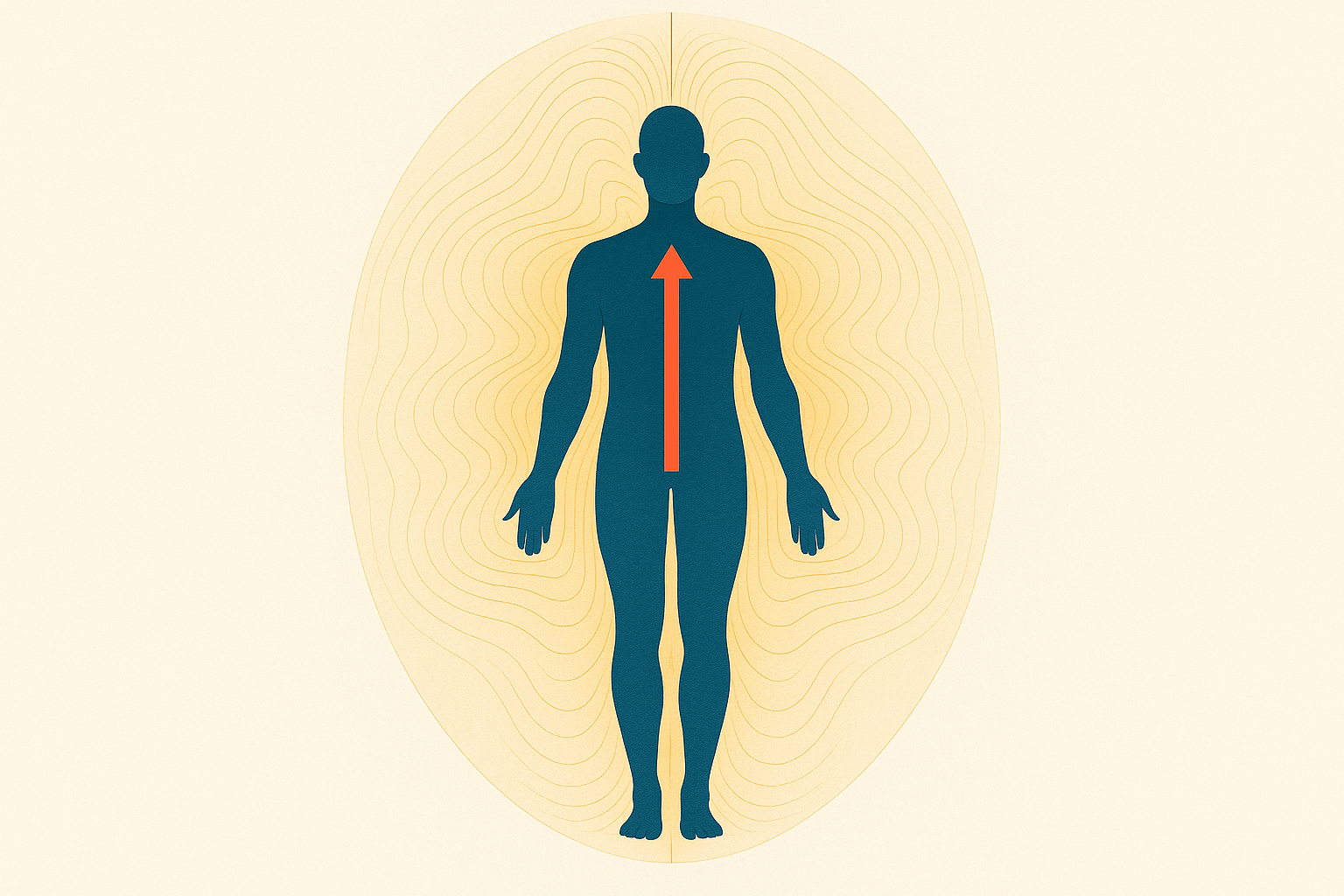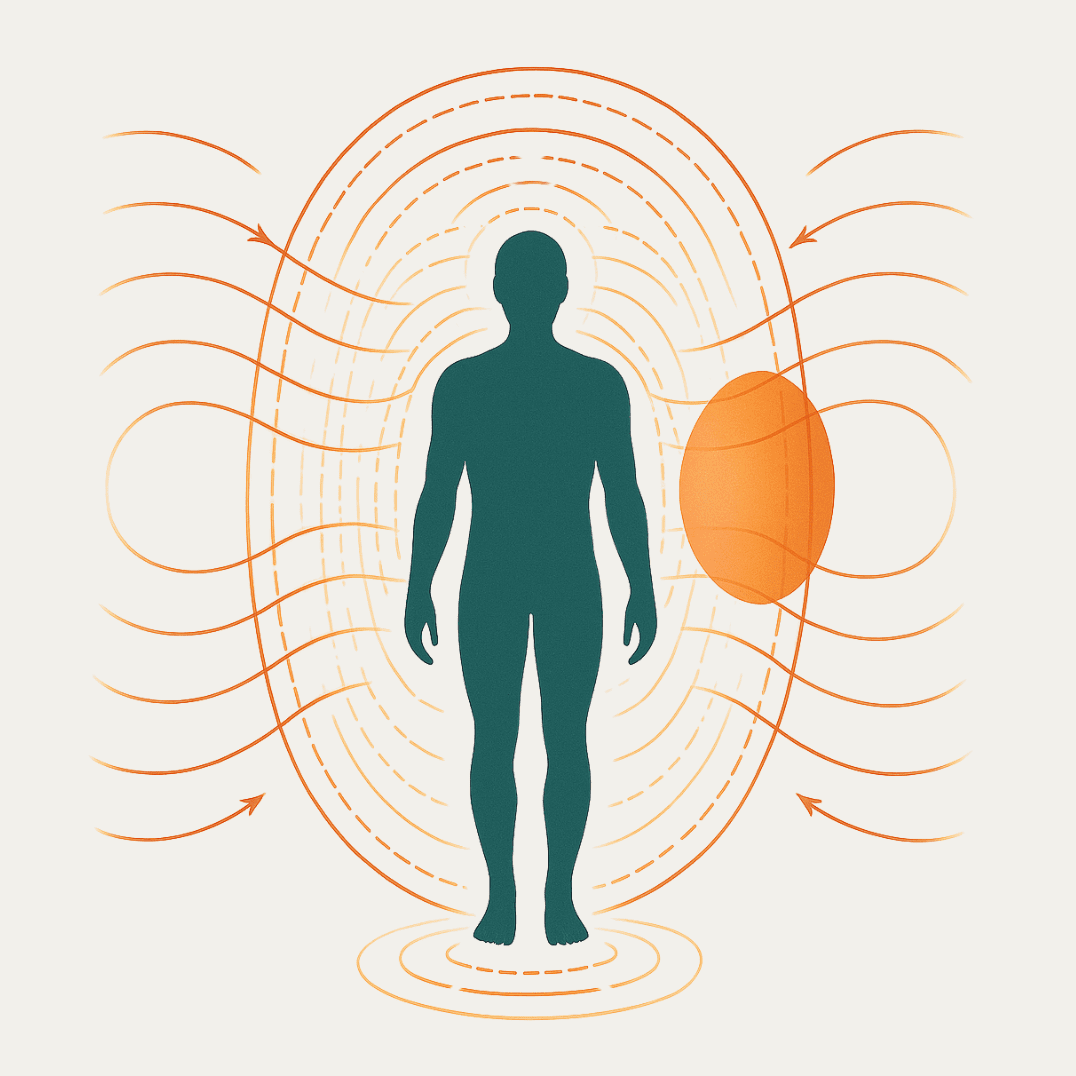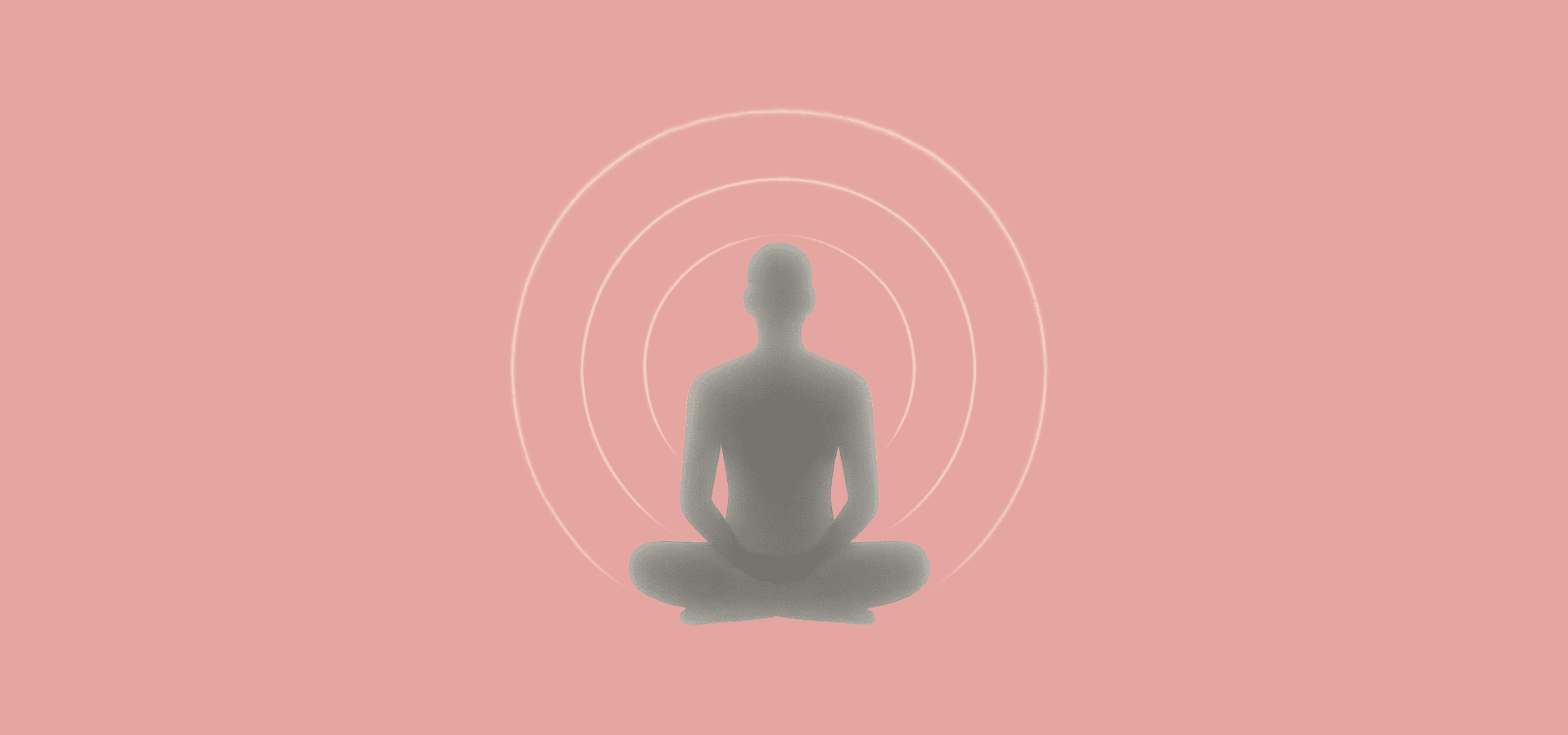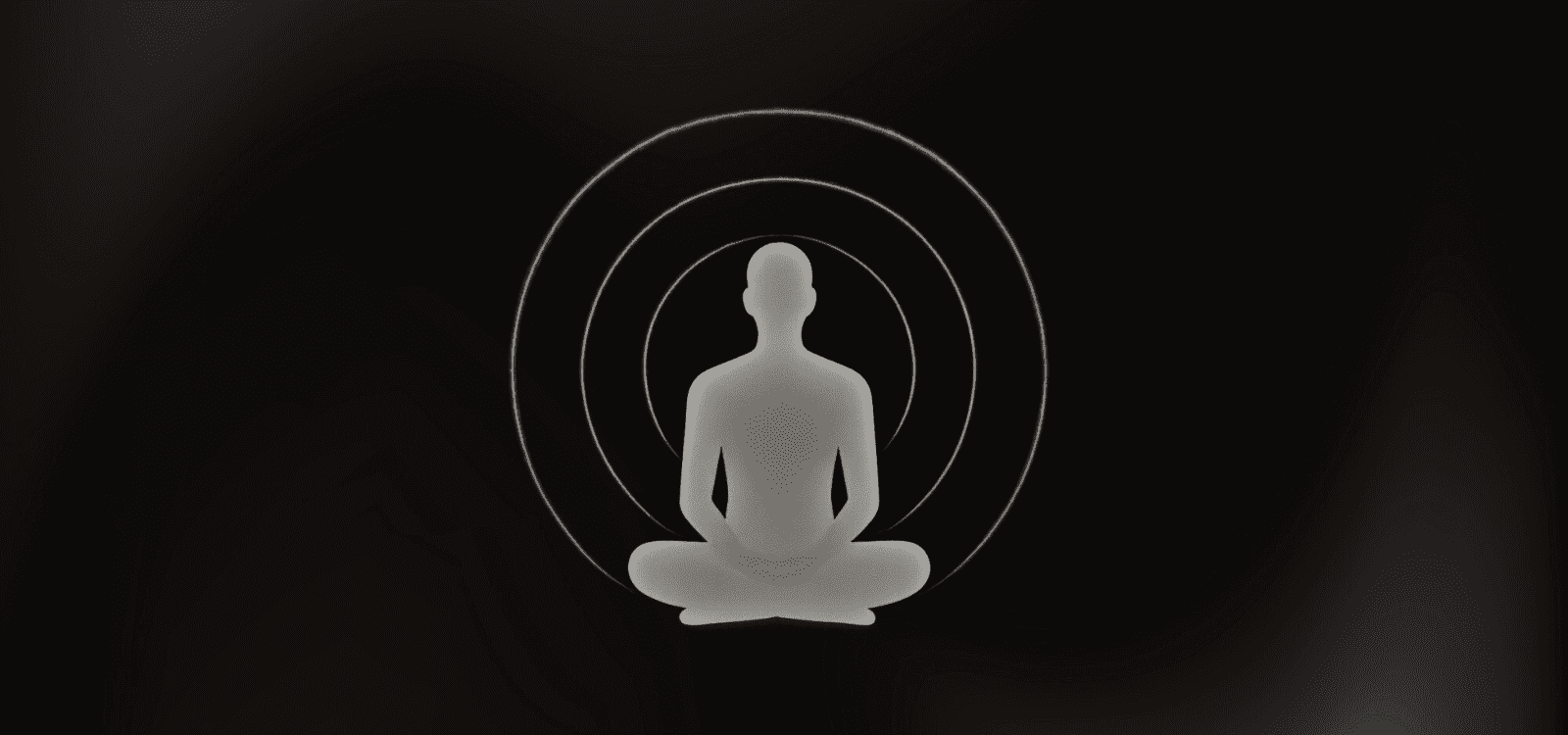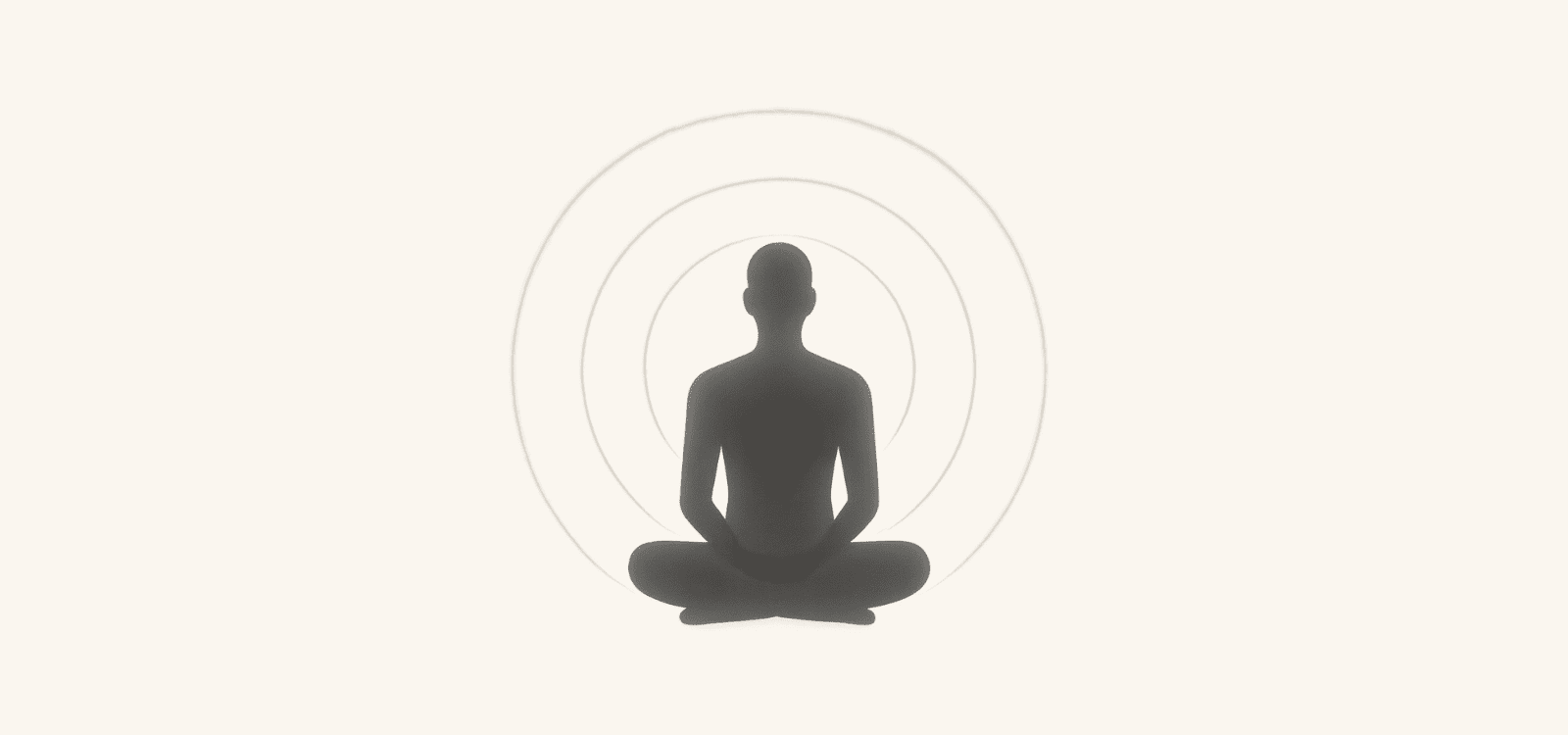The Sacred Art of Stillness: Discovering Samatha Meditation for Modern Life
In the gentle space between one breath and the next lies a doorway to profound tranquility. Here, where the restless mind learns to rest upon a single point of awareness, ancient wisdom meets contemporary need. This is the realm of Samatha—a traditional meditation practice that transforms the scattered fragments of attention into a luminous beam of concentrated presence, illuminating the path to inner peace and clarity.
Understanding Samatha Meditation: The Foundation of Mindful Awareness
Samatha meditation, often called concentration meditation or tranquility meditation, represents one of the most fundamental and transformative practices within the Buddhist meditation tradition. The Sanskrit word “Samatha” translates to “tranquility,” “serenity,” or “calm abiding,” perfectly capturing the essence of this profound contemplative technique.
This ancient practice of focused attention meditation serves as the cornerstone for developing “single-pointed concentration” or “one-pointedness of mind.” Unlike mindfulness meditation practices that involve observing multiple phenomena, Samatha meditation requires practitioners to anchor their complete attention on a single chosen object, most commonly the natural rhythm of breathing.
The beauty of concentration meditation lies in its elegant simplicity paired with its remarkable depth. While the technique appears straightforward—maintain focused attention on your chosen meditation object—the practice reveals layers of complexity. This apparent contradiction between simplicity and challenge makes Samatha meditation both accessible to beginners and continuously enriching for advanced practitioners.
Listen here to the Guided Samatha Meditation
The Scientific Foundation: How Concentration Meditation Transforms the Brain
Modern neuroscience research has validated what Buddhist meditation masters have taught for centuries about the profound benefits of sustained attention training. Studies using neuroimaging technology demonstrate that regular concentration meditation practice literally reshapes brain structure and function in remarkable ways.
Research published in leading scientific journals shows that practitioners of focused attention meditation develop enhanced activity in brain regions associated with sustained attention, emotional regulation, and cognitive control. The anterior cingulate cortex, which plays a crucial role in attention and emotional processing, shows increased thickness and activity in experienced meditators. Meanwhile, the default mode network—the brain system responsible for mind-wandering and self-referential thinking—becomes less active, leading to reduced mental chatter and increased present-moment awareness.
These neuroplasticity changes translate into tangible benefits for daily life. Regular Samatha meditation practitioners report significant improvements in their ability to concentrate during work, enhanced emotional stability during challenging situations, and a greater sense of overall mental clarity and peace. The stress reduction benefits alone make this practice invaluable for navigating our increasingly complex and demanding world.
The Essential Elements of Samatha Meditation Practice
The traditional approach to Samatha meditation emphasizes several key components that work together to cultivate deep concentration and inner tranquility. Understanding these elements provides practitioners with a solid foundation for developing their own transformative meditation practice.
Selecting Your Concentration Object
The breath serves as the most universally recommended object for concentration meditation, and for good reason. Breathing provides a constant, readily available anchor that requires no special equipment or preparation. The natural rhythm of inhalation and exhalation offers a gentle, rhythmic focus point that neither overstimulates nor understimulates the mind.
When working with breath awareness, choose a specific location to observe your breathing sensations. Many practitioners find success focusing on the feeling of air entering and leaving the nostrils, while others prefer to observe the rise and fall of the chest or abdomen. Experiment with different focal points during your initial practice sessions to discover which feels most natural and sustainable for your individual constitution.
The Art of Gentle Return
Perhaps the most crucial skill in Samatha meditation involves learning how to work skillfully with distractions and mental wandering. Rather than viewing thoughts, emotions, or physical sensations as obstacles to overcome, approach them as natural aspects of the meditation process that provide opportunities to strengthen your concentration muscles.
When you notice that your attention has drifted from your chosen meditation object—and this will happen repeatedly, especially in the beginning—simply acknowledge the distraction with kindness and gently guide your focus back to your breath or chosen anchor point. This process of noticing distraction and returning attention represents the actual “work” of concentration meditation. Each return to your focal point strengthens your capacity for sustained attention and develops the mental quality of present-moment awareness.
Developing Your Personal Samatha Practice
Establishing a sustainable concentration meditation routine requires both commitment and flexibility. Start with relatively short practice sessions of five to ten minutes, gradually extending the duration as your concentration capacity develops. This progressive approach prevents overwhelm and allows your nervous system to adapt naturally to extended periods of focused attention.
Consistency proves far more important than duration in developing meditation skills. A daily practice of ten minutes sustained over several weeks will yield significantly greater benefits than occasional hour-long sessions. Consider your meditation practice as you would physical exercise—regular, moderate engagement produces better results than sporadic intensive efforts.
Creating a specific time for your daily meditation practice helps establish this transformative habit more effectively. Many practitioners find that meditating first thing in the morning, before the demands of daily life take hold, provides the most conducive mental conditions for concentration. However, the best time for meditation is ultimately the time that you can maintain consistently within your unique lifestyle and schedule.
Common Challenges and Skillful Solutions
Every practitioner of concentration meditation encounters certain predictable challenges that can be addressed with understanding and skillful techniques. Recognizing these common obstacles as natural aspects of the learning process, rather than personal failures, helps maintain motivation and prevents discouragement.
Mental restlessness, characterized by an inability to settle the mind and constant mental chatter, represents one of the most frequent difficulties in early meditation practice. This agitated mental state often reflects the accumulated stress and stimulation of modern life. Rather than fighting against restlessness, work with it skillfully by shortening your meditation sessions temporarily and focusing on creating a sense of physical comfort and ease before beginning your concentration practice.
Drowsiness and mental dullness present the opposite challenge, where the mind becomes sluggish, foggy, or inclined toward sleep during meditation. This condition often indicates physical fatigue or insufficient sleep, but can also result from a meditation posture that’s too relaxed or a practice environment that’s too warm or dim. Address drowsiness by adjusting your posture to be more upright, opening your eyes slightly, or meditating in a cooler, brighter space.
Doubt and self-criticism frequently arise as practitioners compare their meditation experiences to idealized expectations or wonder whether they’re practicing correctly. Remember that meditation is called a “practice” for good reason—it’s an ongoing process of learning and development rather than a performance to be perfected. Trust in the traditional techniques, maintain consistency in your practice, and allow your meditation skills to unfold naturally over time.
The Ripple Effects: How Concentration Meditation Transforms Life
The benefits of sustained Samatha meditation practice extend into every dimension of human experience, creating positive changes that often surprise practitioners with their scope and depth. As your capacity for concentrated attention develops, you may notice improvements in areas of life seemingly unrelated to your meditation practice.
Relationships often improve significantly as practitioners develop greater emotional regulation and the ability to listen with full presence. The same concentrated awareness you cultivate in meditation can be applied to truly hearing what others are communicating, leading to deeper connections and more satisfying interactions. Many practitioners report that their increased capacity for patience and emotional stability helps them navigate conflicts more skillfully and respond to challenging people with greater compassion.
Creative endeavors frequently flourish as meditation practitioners develop the ability to sustain attention on projects for extended periods without mental fatigue or distraction. Whether you’re writing, painting, playing music, or engaged in any creative pursuit, the concentrated awareness developed through Samatha meditation can unlock new levels of artistic expression and innovative thinking.
Professional success often increases as practitioners apply their enhanced concentration skills to work projects and career development. The ability to maintain sustained focus on complex tasks, combined with reduced stress reactivity and improved emotional regulation, creates conditions for both higher performance and greater job satisfaction.
Deepening Your Journey: Resources for Continued Growth
As your concentration meditation practice develops, you may feel drawn to other classical meditation approaches. The most related and often sequential recommended practice is Vipassana or Insight meditation. Alternatively, you may be interested in an energy based guided practice for your chakra system.
Hear more about meditation from world famous teacher Davidji, on the Future of Wellness podcast.
View all of our our upcoming energy healing events here.
FAQ
Common questions about Samatha
Most meditation teachers recommend starting with 10-15 minutes of daily practice and gradually increasing to 20-30 minutes as your concentration develops. Research shows that even brief daily sessions of 10 minutes can produce measurable improvements in attention and stress reduction within 2-4 weeks. Consistency matters more than duration—daily practice of shorter sessions yields better results than occasional longer sessions. Many experienced practitioners eventually develop the capacity for 45-60 minute sessions, but this extended duration isn’t necessary for experiencing the profound benefits of concentration meditation.
While both practices develop present-moment awareness, they employ different approaches and cultivate distinct mental qualities. Samatha meditation focuses exclusively on a single object (typically the breath) to develop concentrated, one-pointed attention and deep states of mental tranquility. Mindfulness meditation involves openly observing whatever arises in awareness—thoughts, emotions, sensations, sounds—without trying to maintain focus on any particular object.
Mental wandering is not a sign of failure but rather the normal process through which concentration develops. Every time you notice your mind has wandered and gently return attention to your breath, you’re successfully practicing meditation—this IS the practice, not a distraction from it. Even experienced practitioners with decades of training notice mind-wandering. The key insight is that becoming aware of distraction represents awakening awareness, not a mistake.
Research demonstrates that concentration meditation can significantly reduce symptoms of stress and anxiety. Many therapists now integrate meditation practices into their treatment approaches, recognizing the powerful synergy between contemplative practice and therapeutic work. Field Dynamics integrates concentration and mindfulness in their approach to energy healing.
Drowsiness during meditation is extremely common and can be addressed through several practical adjustments. First, ensure you’re getting adequate nighttime sleep, as meditation fatigue often reflects physical exhaustion. During practice, try sitting more upright, opening your eyes slightly, or practicing at a different time of day when you feel more naturally alert.
